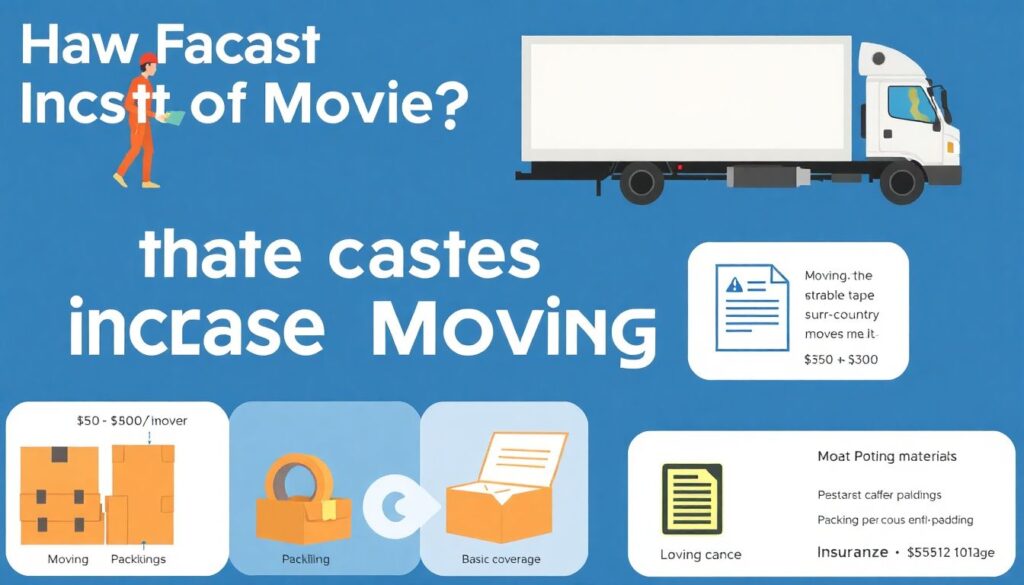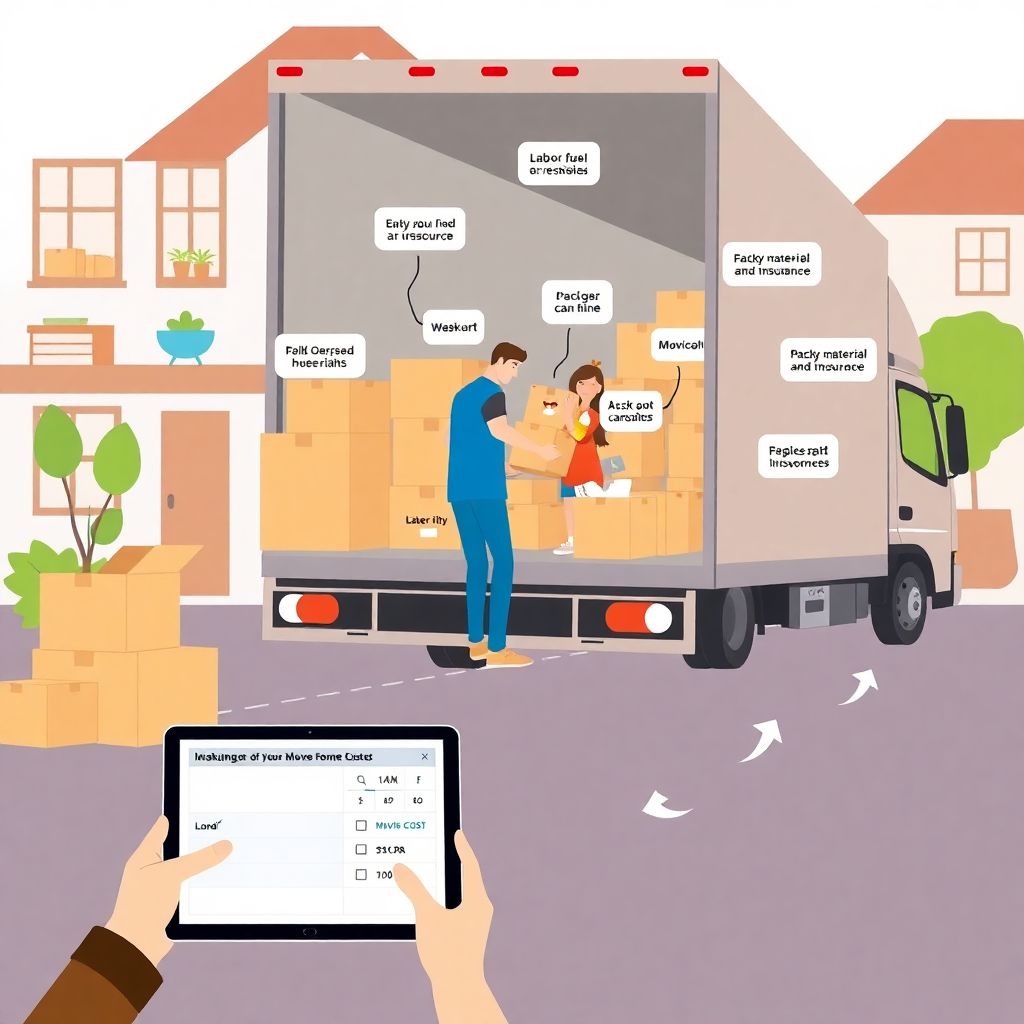Budgeting for a Home Move: Costs and Timelines
Relocating to a new home can be exciting, but it’s also one of the most financially and logistically demanding tasks you’ll face. Whether you’re moving across town or across the country, understanding the full scope of the costs and how long the process might take is essential for avoiding stress and surprise expenses.
Let’s break down what goes into budgeting for a move in 2025, using real-world scenarios, current data, and lessons learned from past decades.
How Moving Costs Have Evolved Over Time
To appreciate the current cost landscape, it helps to look back. In the 1990s, a local move might have cost a few hundred dollars, and long-distance moves averaged around $1,000–$2,000. Fast-forward to 2025, and those numbers have more than doubled due to inflation, fuel costs, labor rates, and the rise of full-service moving companies.
For instance, in 2008, during the financial crisis, many Americans downsized, leading to a spike in short-distance moves and DIY moving. Companies like U-Haul and Budget Truck Rental saw a surge in demand. By contrast, the post-pandemic era (2021–2023) triggered a mass relocation wave due to remote work, which caused a temporary shortage of moving trucks and labor, driving prices even higher.
Today, in 2025, moving has stabilized somewhat, but costs remain elevated compared to pre-2020 levels.
Current Average Moving Costs in 2025
Let’s get specific. Here are the average costs you can expect this year:
– Local move (under 100 miles): $1,200–$2,500 for a 2–3 bedroom home
– Long-distance move (100+ miles): $3,000–$7,000 depending on distance and services
– International move: $8,000–$15,000, including customs and shipping
– DIY truck rental: $500–$1,200 plus mileage, fuel, and labor
These figures reflect average rates from national moving companies and rental services as of Q1 2025.
Technical Breakdown: Where Your Money Goes

Here’s what typically drives up your moving bill:
– Labor: Most movers charge $50–$90/hour per mover
– Truck rental and fuel: Fuel surcharges are common, especially for cross-country moves
– Packing materials: Boxes, tape, padding—expect $150–$300 for a full household
– Insurance: Basic coverage is usually included, but full-value protection can add $300–$500
– Storage: If your new home isn’t ready, storage fees can range from $100–$250/month
Budgeting Tips from Real Moves
Let’s take a real-world example. In 2024, a couple moving from Chicago to Austin hired a full-service mover for a 2-bedroom apartment. They were quoted $5,200, but the final cost hit $6,100 due to unexpected elevator delays and an overnight storage need. The takeaway? Always budget an extra 10–15% for surprises.
Here are a few ways to keep costs under control:
– Purge before packing: Sell or donate items you don’t need
– Move during the off-season: Rates drop from October to March
– Get multiple quotes: Always compare at least 3 moving companies
– Use hybrid methods: Pack yourself but hire movers for loading/unloading
Timeline: How Long Does a Move Really Take?
People often underestimate how long a move takes. Even a local move can stretch over several weeks when you factor in planning, packing, and settling in.
Here’s a typical timeline:
– Planning and booking: 4–6 weeks before move
– Packing: 2–3 weeks for a family home
– Moving day(s): 1 day for local, 2–5 days for long-distance
– Unpacking and setup: 1–2 weeks post-move
If you’re relocating for work, especially across state lines, give yourself at least two months from decision to full move-in.
Technical Note: Timeline Variables to Watch

– Seasonal demand: Summer moves can delay scheduling by up to 2 weeks
– HOA/building restrictions: Some buildings require move-in reservations or deposits
– Transit delays: Long-distance moves can face weather or logistics delays, especially in winter
Final Thoughts: Plan Smart, Stress Less

Moving is never cheap, but with careful budgeting and realistic timelines, you can avoid common pitfalls. In 2025, with digital tools, online quotes, and customer reviews at your fingertips, it’s easier than ever to plan efficiently.
Remember: The cheapest option isn’t always the best. Prioritize reliability, especially for long-distance or complex moves. And always, always read the fine print—hidden fees are still a thing.
Whether you’re moving for a new job, more space, or a fresh start, a well-planned budget can make the difference between chaos and a smooth transition.

